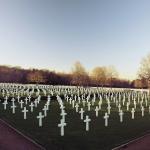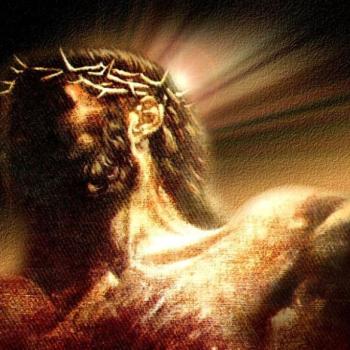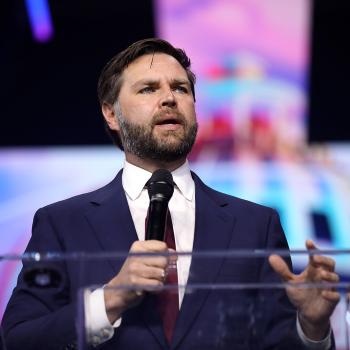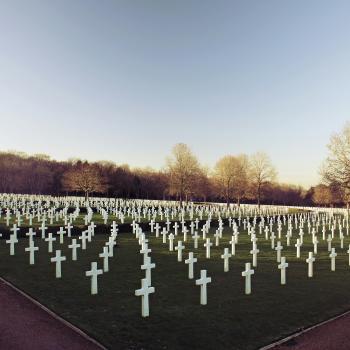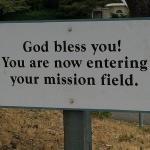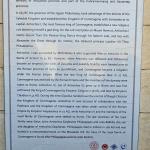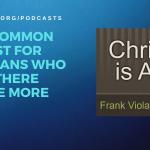I wrote the book, Safe Passage: Thinking Clearly about Life & Death, back in 2006. It was originally published in hardback and we have just now released a paperback version. This is Part 2 of three blogs and is an excerpt from Chapter 4. You can find Safe Passage on Amazon and our website.
*****
The fourth chapter of the book is titled, “The Logic of Life.” In it I point out how we as humans should not be willing to tolerate the fear and anxiety associated with death. We need to make peace with our mortality so that we can live well as the years go by.
C.S. Lewis suggests that there is only one legitimate means of making peace with our mortality—we must take action by preparing for it. We must face the truth, assigning death to its rightful place . . . and we must do so without once giving up hope in an imperfect world that so often bears down on us.
At some point in our life’s journey—in close community with family and friends, in busy and scattered workplaces across the globe, in sacred places of reflection and communion—we will inevitably reach a clear and present understanding that no matter how hard we might try, we are not going to find peace in ignorance or anxious concern.
As mature, responsible adults, we will come to recognize that those who continue to live in defiance and fear have no prospect of experiencing the rich promises of life.
Paul Brand spent most of his professional life studying pain in the human body as he lived and worked among people afflicted with leprosy. He regularly witnessed the death of his patients. He concluded after years of research that the attitude we cultivate in advance of suffering and death will determine how it will affect us once it comes our way.
In the 1990s, the Public Broadcasting System aired a very serious and moving documentary called “Dying,” directed and produced by Michael Roemer. In the film, Roemer, who had obtained permission from the patient’s families, spent time with several terminally ill cancer victims during their last months of life. The director made this observation after the filming, “People die in the way they have lived. Death becomes the expression of everything you are, and you can bring to it only what you have brought to life.” The documentary reveals that those who have prepared for death discover that their final days can be some of life’s greatest moments.
After all, isn’t in the recognition and acceptance of death’s reality that we discover the true meaning of hope? The awesome prospect of death shapes and informs our full appreciation of the great value of life.
However, realistically speaking, is it truly possible to “joyfully anticipate death,” as C.S. Lewis would have us believe? Can we honestly reflect and come to terms with mortality so that we can live with a joyful experience of the present and still maintain an optimistic view of the future?
Can we rationally and realistically hope to arrive at that place in our lives where our uncertain, shadowy perspectives on living and dying are genuinely transformed?
Of course, we all yearn for a life-shaping certainty that will prepare us for what lies ahead. We are not looking for some vague pie-in-the-sky, wish-fulfillment fantasy, but rather, a reality that actively shapes our future—a vigorous hope which the prospect of death cannot destroy. A hope which promises to transform fear into peace—into “joyful anticipation.”
Is it possible?
If you read this book you will find the means to make peace with your mortality.
Richard E Simmons III is the founder and Executive Director of The Center for Executive Leadership and a best-selling author.



